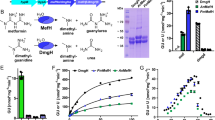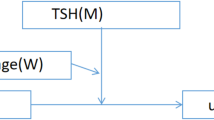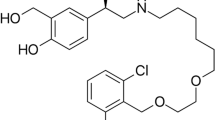Abstract
DURING experiments on the metabolism of dienœstrol in man and in animals it was noticed that hydrolysis of dienœstrol-containing urines, 1 N with respect to hydrochloric acid, always entailed a loss of about 90 per cent of the original œstrogenic activity. Further, chemical determination of the dienœstrol content of such urines by the method of Sahasrabudhe and Wilder Smith1 showed an even greater loss of œstrogen after hydrolysis. In working out the latter method, dienœstrol was added to benzene extracts of hydrolysed urine, so that the added dienœstrol escaped the hydrolysis process. Afterwards it was found that hydrolysis of dienœstrol glucuronide2 under similar conditions gave negligible yields of the free œstrogen (cf. Stroud3). On the other hand, the same hydrolysis technique (1 N hydrochloric acid, 3 hr. refluxing) gave excellent yields of hexœstrol from hexœstrol monoglucuronide. Thus it was suspected that the dilute acid was decomposing the dienœstrol liberated.
This is a preview of subscription content, access via your institution
Access options
Subscribe to this journal
Receive 51 print issues and online access
$199.00 per year
only $3.90 per issue
Buy this article
- Purchase on SpringerLink
- Instant access to full article PDF
Prices may be subject to local taxes which are calculated during checkout
Similar content being viewed by others
Author information
Authors and Affiliations
Rights and permissions
About this article
Cite this article
HAUSMANN, W., SMITH, A. Isomerization of Dienœstrol. Nature 161, 892–893 (1948). https://doi.org/10.1038/161892b0
Issue date:
DOI: https://doi.org/10.1038/161892b0



